Forgotten female artists shine in Frieze Masters Spotlight section
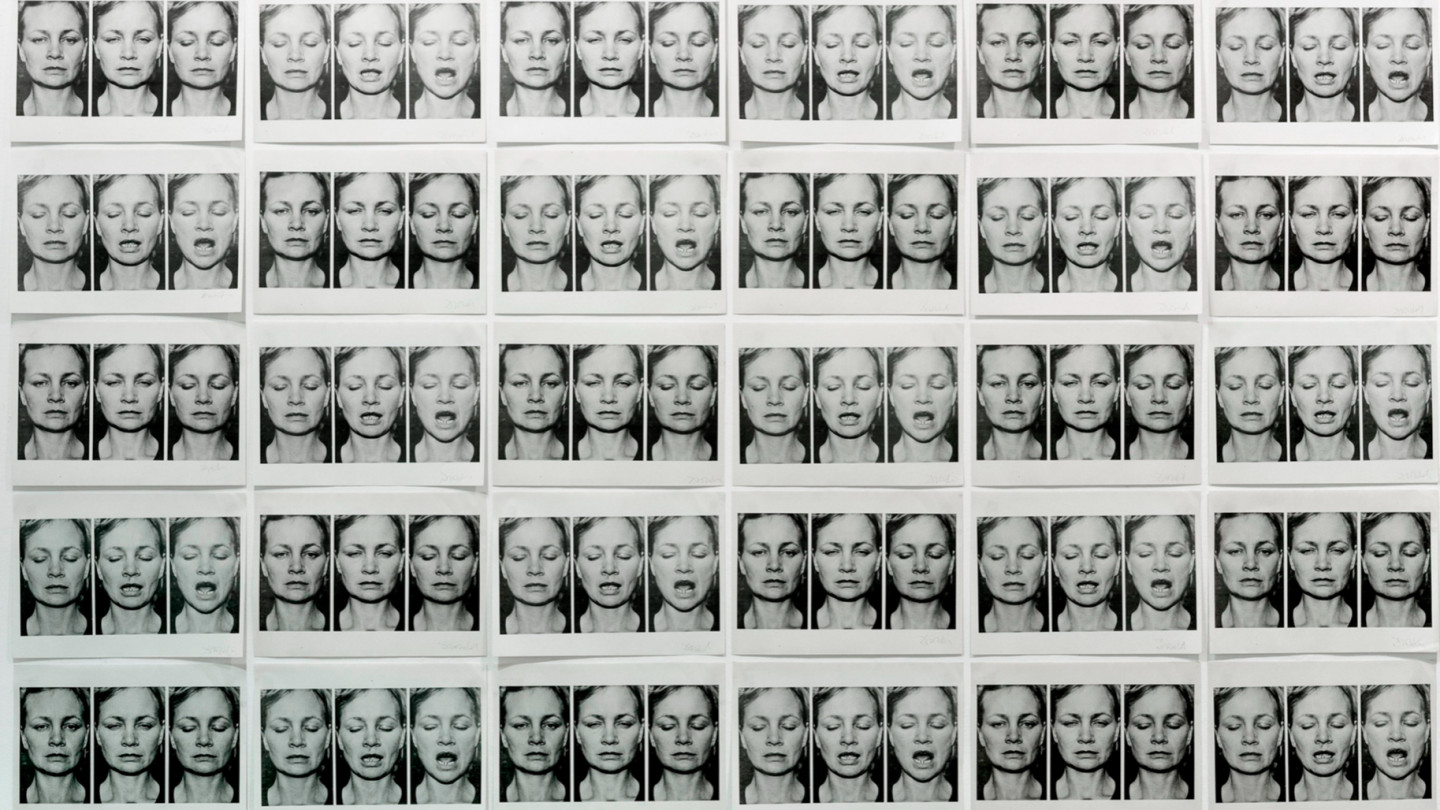
Roula Khalaf, Editor of the FT, selects her favourite stories in this weekly newsletter.
When Frieze Masters launched its Spotlight section in 2015, it gave the fair an opportunity to shake up stagnant conceptions of who the 20th-century’s greatest artists were by showcasing the work of lesser-known modern and contemporary figures. This year’s section will be doing that by focusing on 29 female artists born between 1900 and 1951. This, says curator Camille Morineau, will reinsert them into the styles and movements they helped shape but from whose narratives they have long been excluded.
“What we are showing in Spotlight is not representative of the history of women in general during that time period,” says Morineau, founder and research director of Paris-based Aware (Archives of Women Artists, Research and Exhibitions). “We wanted to show in Spotlight in Frieze relatively unknown artists. We could have chosen a lot more accessible or visible artists.”
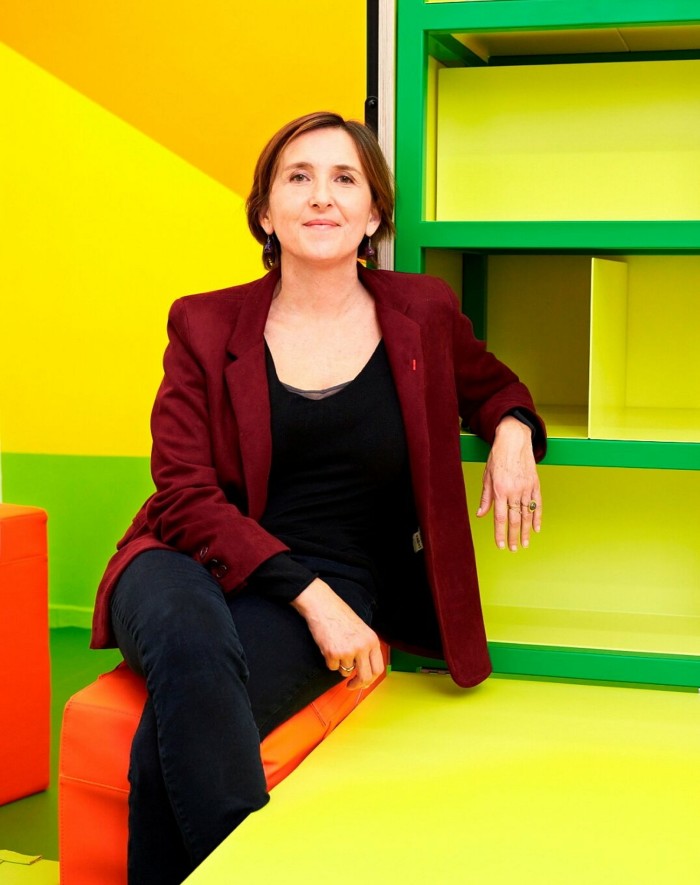
The 20th century is interesting for women artists, she says, because there are plentiful sources of information to be found even on under-appreciated artists. “You [can] connect the dots and see that in every avant-garde, in every movement, there have been women artists — most of them unknown and under-recognised — but you find that trace and you can rewrite history.”
Since 2014, Aware has taken an active role in connecting those dots by providing accessible information on 19th- and 20th-century women artists on its extensive online platform, including articles, videos, biographies and more. The impetus for the organisation came from the challenges Morineau faced while curating the 2009-11 elles@centrepompidou show highlighting women artists within the Centre Pompidou’s collection. (She has also curated exhibitions on Yves Klein, Gerhard Richter and Roy Lichtenstein there.)
“I had the work in the storage and I could feel they were strong works and I could hang them in the room, but then you have to provide information for the visitors,” says Morineau, who was curator of contemporary collections at the Centre Pompidou for 10 years. “I couldn’t find that information at the time, so I needed the website such as Aware. I created it so that people could access the information, decide to show the work either in the gallery or in the museum, or acquire the work or write about the work.”
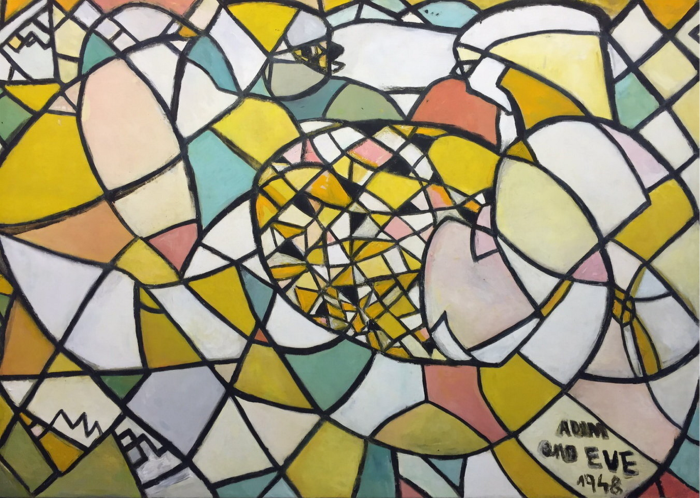
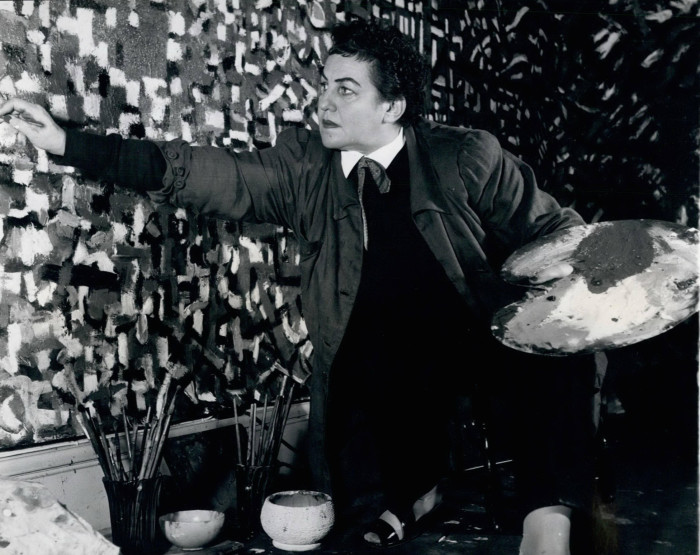
These efforts are relevant to the market as well as the archive too: Morineau explains that as more information becomes available on an artist, their work tends to sell more easily and at a higher price. More information will also boost women’s poor representation at auction: women accounted for 18 per cent of artists and only 8 per cent of sales in four months in 2021 at Christie’s, Sotheby’s and Phillips, an Artnews analysis found.
“[Galleries] need new names,” says Morineau. “They’re looking into historical artists and what they find in terms of recent research is mostly women artists . . . They’re showing them and the reason they can show them is that they find collectors for them.” Those collectors can be both private and institutions which want a better gender balance within their holdings.
Morineau and the team at Aware have taken an intersectional approach to Spotlight, bringing together artists from around the world and across mediums. Three main themes emerged as plans for the section coalesced: abstraction, politics and post-surrealism. “In all of these groups, you have different generations of artists,” says Morineau. “This is how we work within the association — working on a diversity of techniques, generations, and movements. We wanted to convey that diversity in the walk-through of the section.”
Standouts from the abstract artists include Vivian Springford (Almine Rech) and Fahrelnissa Zeid (Dirimart). Zeid, who was also a Turkish-born Iraqi princess, is one of the better-known names among the group and had a retrospective at Tate Modern in 2017. Her auction record was set that same year when one of her large geometric paintings sold for £990,000, far above estimate. Visitors to Spotlight will get a varied introduction to her bold paintings marrying cubist and expressionist traits — some bright and others sombre.
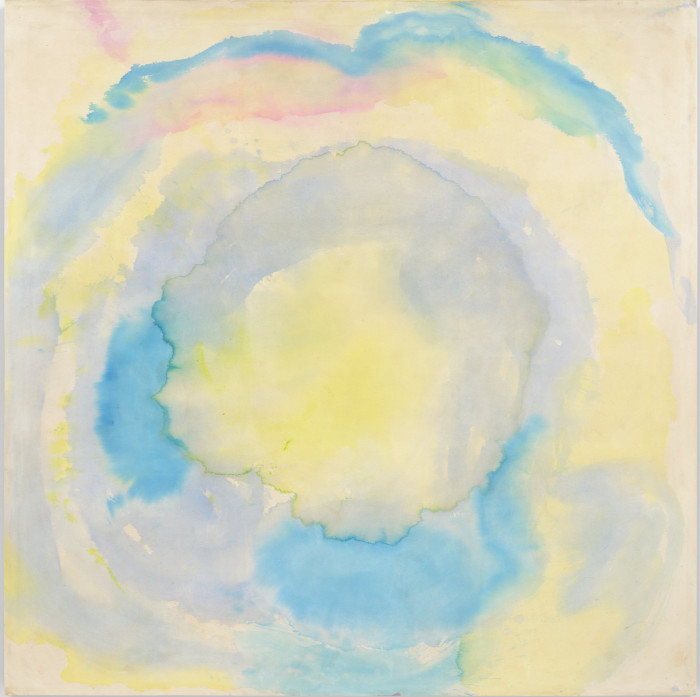
Springford came from the second generation of abstract expressionists, a movement Mary Gabriel revisited in her 2018 book Ninth Street Women to reinsert the pioneering women who were at its helm. Springford’s Spotlight presentation showcases the stain painting style she began to develop in the early 1960s, with delicate circles that wash into each other and demonstrate her command of colour.
The political works range in subject matter from feminism to issues surrounding leadership and violence. Morineau was keen, spurred by the news, to include representation from central and eastern European artists. “After the second world war, there has been a lot of war in east Europe and tension with Russia,” she says. “In the context of the Ukrainian war, we wanted to be aware of that.”
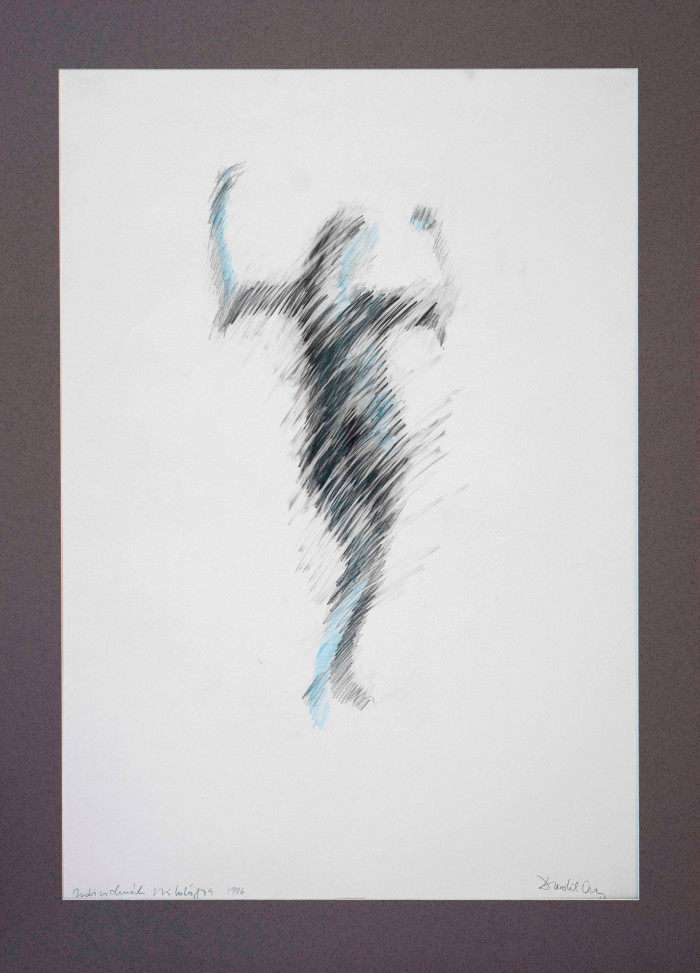
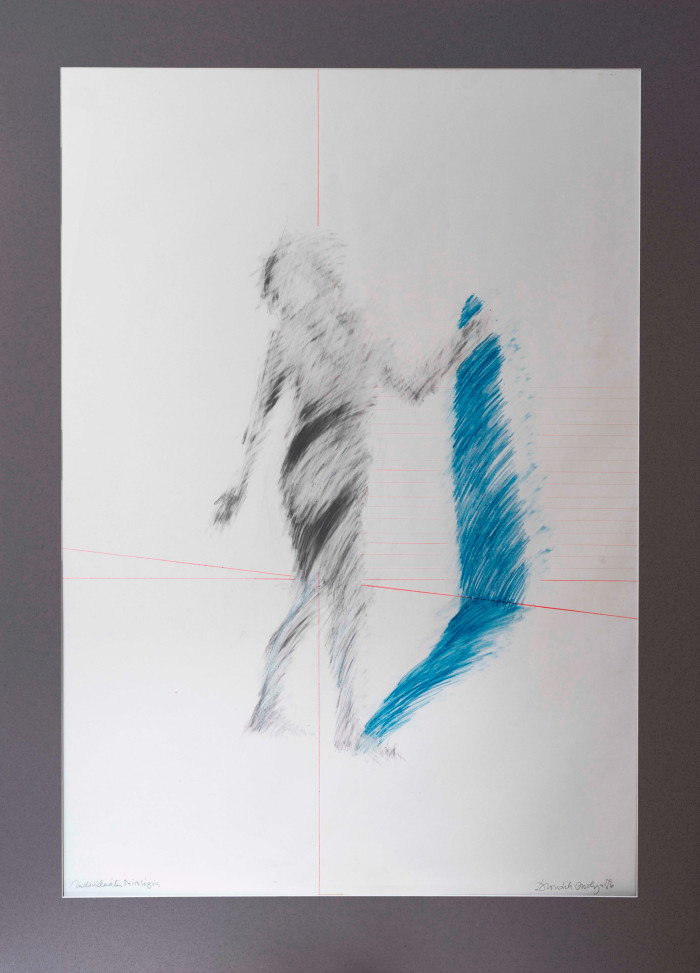
Orshi Drozdik, a Hungarian conceptual artist, will be exhibiting a mix of painting, drawing and photography at Einspach Fine Art & Photography. The artist often explores questions of gender identity in her multidisciplinary practice, and in the Individual Mythology (1975-77) series she works to represent herself as a woman and artist on her own terms rather than through male-oriented structures. In photographs and sketches that incorporate elements of performance, Drozdik captures herself dancing and moving around freely in works. As both model and artist, she claims the agency denied to many female models throughout the history of art.
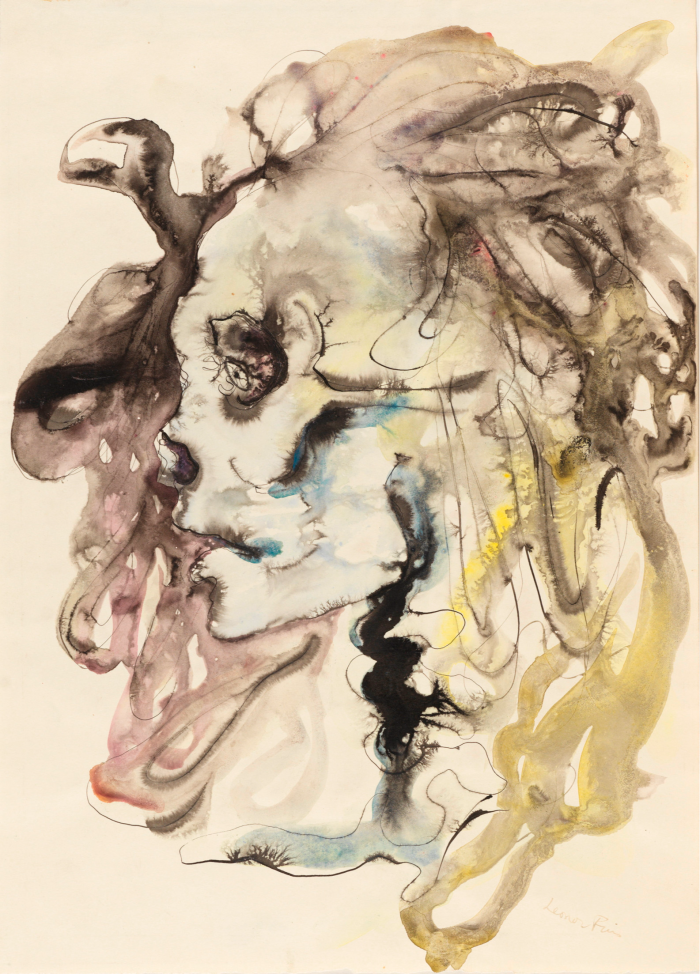
The third grouping includes artists working in or around post-surrealism, and also includes a presentation by Argentine painter Leonor Fini (Loeve & Co), who was part of the original cohort of surrealists. Fini’s work reached a career record of $2.3mn in a 2021 Sotheby’s auction — an otherwise impressive sum until you realise that her friend and contemporary Giorgio de Chirico’s paintings have reached prices greater than $15mn.
From the later generation of artists working in this style, viewers may find Ljiljana Blaževska an exciting discovery at Alison Jacques. Her painting “Slika” (c1985/1991) depicts an eerie scene with otherworldly figures staring blankly off the picture plane against a textured cityscape — the work could stylistically sit between that of Joan Miró and Leonora Carrington.
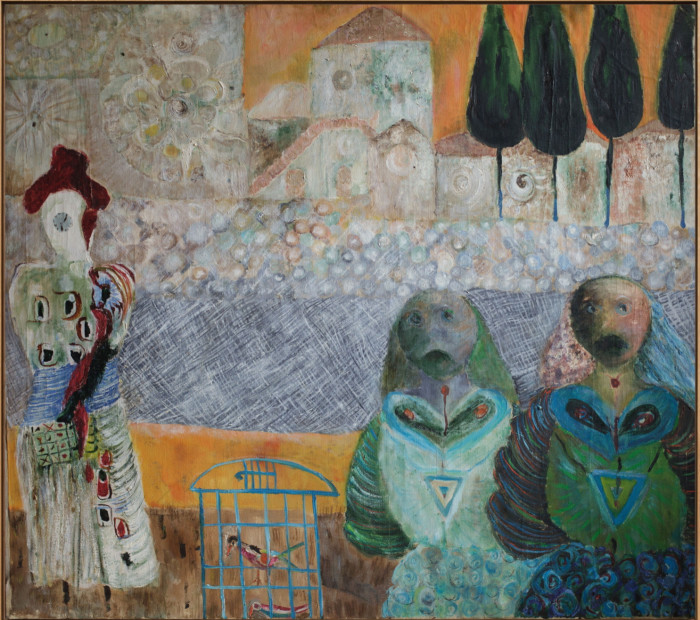
Continued research and presentations highlighting women artists are essential in the long slog to instate these figures into the art canon. There are indications that this effort has gained headway in recent years — four women were awarded Golden Lions at this year’s Venice Biennale, for example — but there is still much to do.
“The second step would be to go beyond biographies, and to relate [these artists] to the movements that they belong to,” says Morineau. To do this, on the art-historical level, requires a huge amount of research, but once it’s done, “all these movements, such as Pop or cubism, will be completely different”.
October 12-16, frieze.com
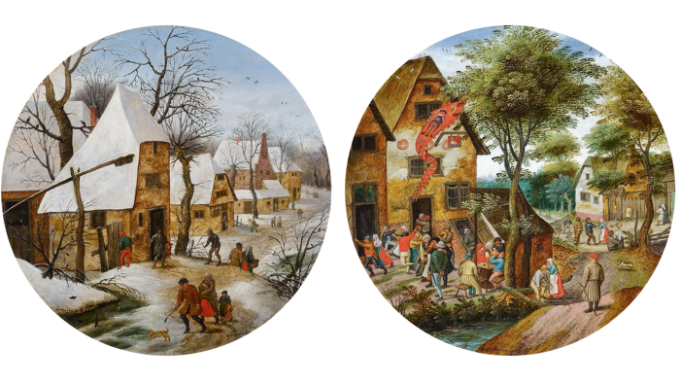
Comments